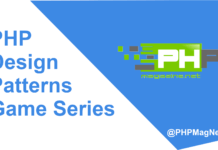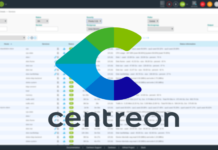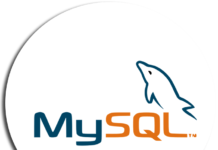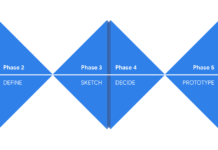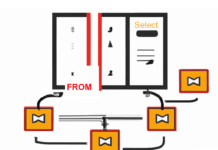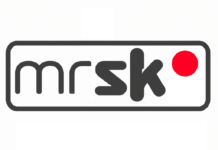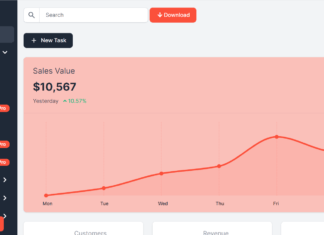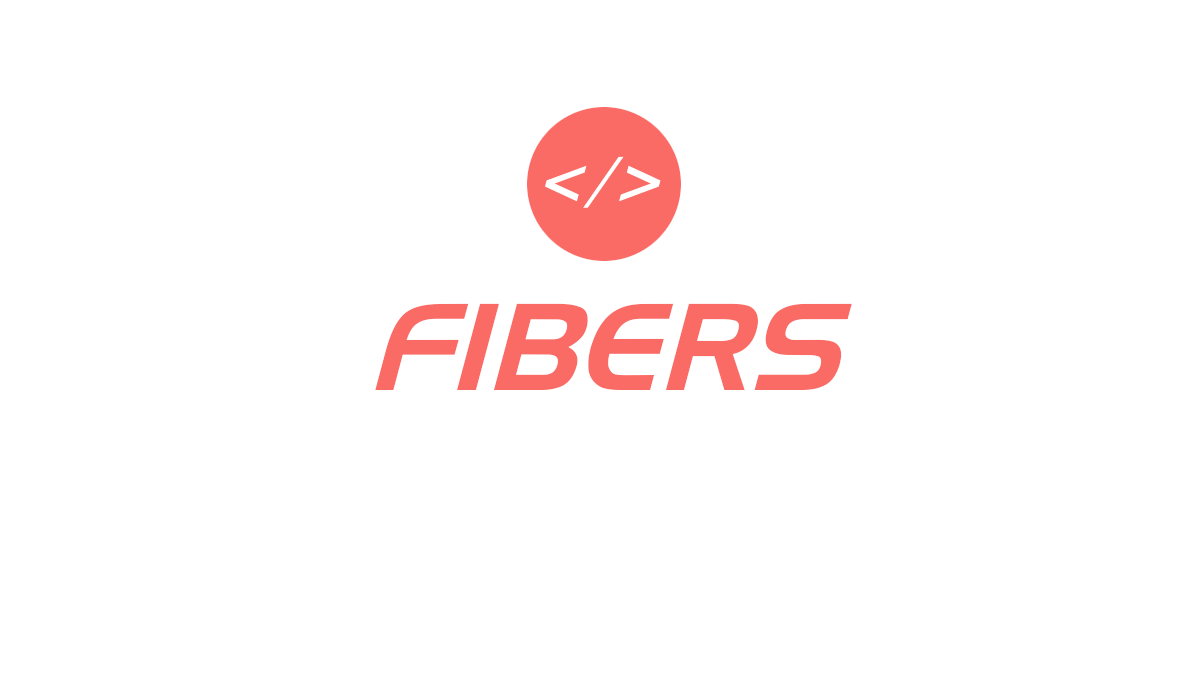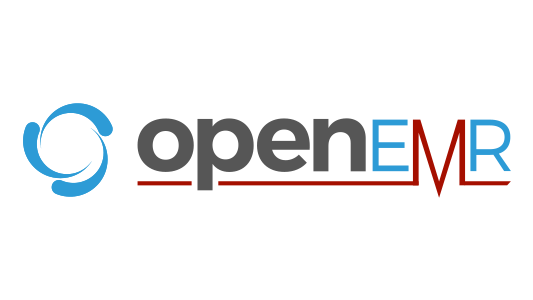Generating print-ready well-formatted PDF documents with PHP is not an easy task. Traditionally, there are two main approaches to PDF generation with PHP. Given sufficient time and patience, both partially get the job done, but still leave a lot to be desired:
HTML-to-PDF: This approach is widely used in mainstream applications. Here an HTML document is programmatically created and converted to a PDF, using one of the many open source libraries 1. Since HTML, however, is not a page-oriented format (as is PDF), it is impossible to perform a 1-to-1 mapping between HTML and PDF. Typical word processing file format features, such as header and footers, orphans and widows or even page numbers can simply not be represented in HTML.
Programmatic: This approach offers total control of the resulting PDF. However, it requires that the x and y coordinates of every line of text, every geometrical shape and graphic be set from program code 2. Not only is this an extremely time-consuming solution, but is also very brittle: Every time a graphical designer changes the layout of a document, a programmer must re-work his or her program code.
A completely new approach
In this article, the author presents an entirely new, third approach. It relies on templates being created in a WYSIWYG environment, such as Microsoft



